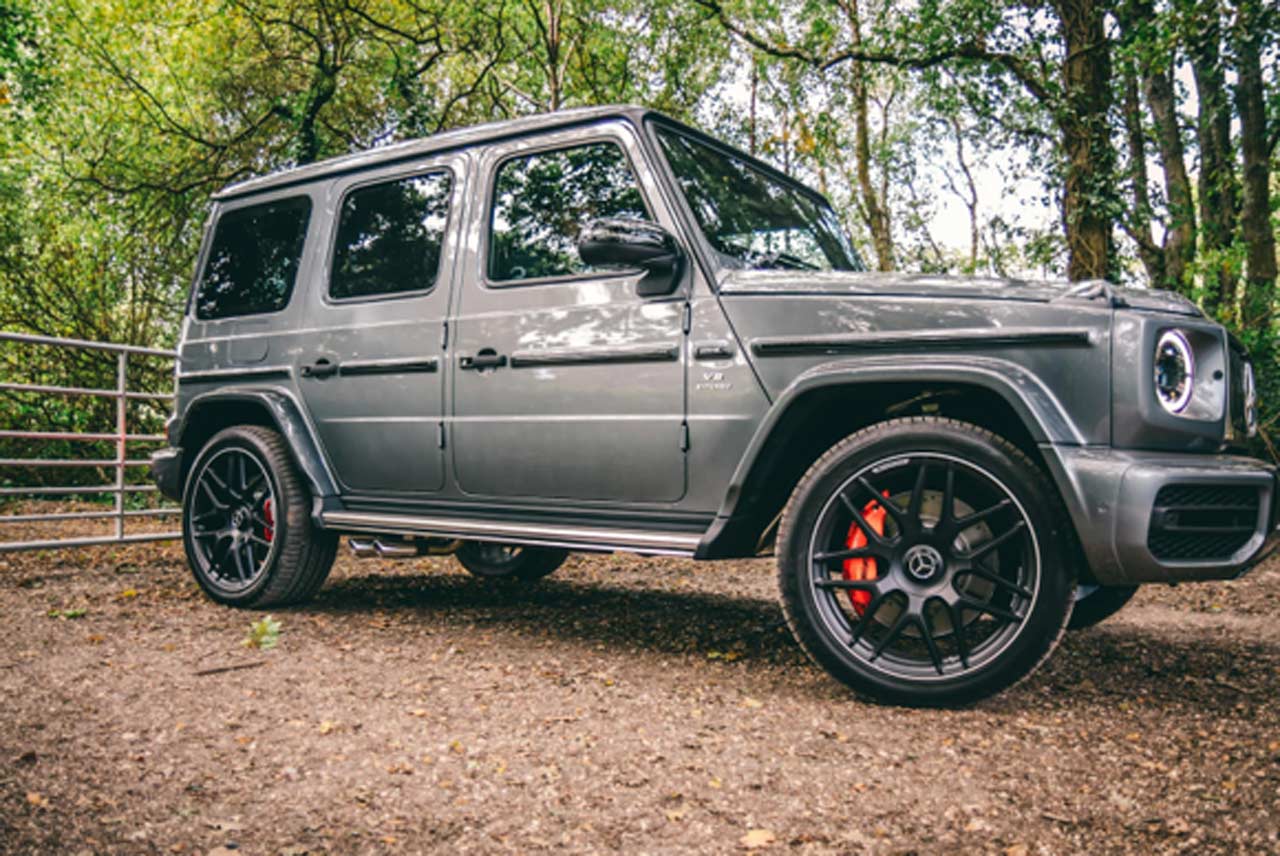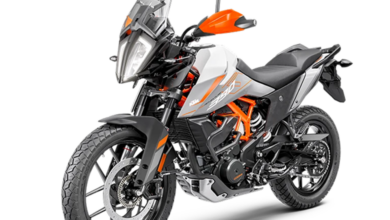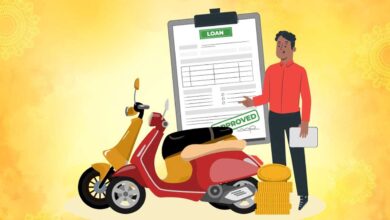
However, for first-time buyers, the process of selecting and installing custom wheels can seem daunting. With countless options in size, material, and finish, it’s easy to feel overwhelmed.
This beginner’s guide will walk you through the key steps of choosing custom wheels, ensuring you make informed decisions that suit your vehicle and style.
Why Upgrade Your Wheels?
Before diving into the details of selecting and installing custom wheels, it’s important to understand why upgrading your wheels is such a popular modification. Here are some of the main reasons:
1. Enhanced Aesthetics
Custom wheels are one of the most noticeable modifications you can make to your vehicle. Whether you prefer a sleek, modern look or a bold, aggressive design, the right set of wheels can completely transform your car’s appearance.
2. Improved Performance
Upgrading to lighter, stronger wheels can enhance your vehicle’s performance. Lighter wheels reduce the overall weight of your car, which can improve acceleration, braking, and handling. Additionally, performance-oriented wheels often have designs that enhance airflow to the brakes, aiding in cooling.
3. Increased Resale Value
A well-chosen set of custom wheels can increase your vehicle’s resale value. Buyers often perceive vehicles with upgraded wheels as more desirable, making your car stand out in a competitive market.
4. Personalization
Custom wheels allow you to express your personality and style through your vehicle. With endless options in size, finish, and design, you can create a look that’s uniquely yours.
See Also: Buying a Used Car in the UK is a Smart Choice for Everyone
Step 1: Understanding Wheel Basics
Before you start shopping for custom wheels, it’s essential to understand the basic components and terminology associated with wheels. This knowledge will help you make informed decisions and communicate effectively with sellers or installers.
1. Wheel Size
Wheel size is typically described using three key measurements: diameter, width, and offset.
- Diameter: This is the size of the wheel across its center, measured in inches. Common sizes range from 15 inches to 22 inches or more, with larger wheels generally providing a more aggressive look.
- Width: The width of the wheel, also measured in inches, affects the tire size that can be mounted on it. Wider wheels provide better traction and handling, especially in performance driving.
- Offset: Offset refers to the distance between the wheel’s mounting surface and its centerline. Positive offset means the mounting surface is closer to the outside edge of the wheel, while negative offset means it’s closer to the inside. Proper offset is crucial for ensuring your wheels fit properly without rubbing against the suspension or bodywork.
2. Bolt Pattern
The bolt pattern, also known as the lug pattern, describes the arrangement of the bolt holes that attach the wheel to the vehicle. It’s represented by two numbers: the number of bolt holes and the diameter of the circle they form. For example, a 5×114.3 bolt pattern means five bolt holes are arranged in a circle with a 114.3mm diameter. Make sure the bolt pattern of your new wheels matches your vehicle’s specifications.
3. Center Bore
The center bore is the hole in the center of the wheel that fits over the vehicle’s hub. A properly fitting center bore ensures that the wheel is centered on the hub, reducing the risk of vibrations and ensuring a smooth ride. Some wheels come with hub-centric rings to adapt to different center bore sizes.
4. Load Rating
The load rating indicates the maximum weight a wheel can safely support. It’s important to choose wheels that can handle the weight of your vehicle, including any additional load from passengers, cargo, or modifications.
5. Wheel Material
Wheels are commonly made from steel or aluminum alloy, though other materials like carbon fiber are available for high-performance applications.
- Steel: Steel wheels are durable and affordable, making them popular for winter tires and off-road applications. However, they are heavier than alloy wheels, which can negatively impact performance and fuel efficiency.
- Aluminum Alloy: Alloy wheels are lighter and more stylish than steel wheels, offering better performance and a wider range of designs. They are also more expensive and can be more prone to damage in extreme conditions.
6. Wheel Finish
The finish of a wheel refers to its outer coating, which affects both its appearance and durability. Common finishes include:
- Painted: Painted wheels are available in a wide range of colors and are often coated with a clear finish to protect against scratches and corrosion.
- Polished: Polished wheels have a shiny, mirror-like surface that enhances their appearance but requires more maintenance to prevent oxidation.
- Chrome: Chrome-plated wheels offer a bright, reflective finish that’s highly resistant to corrosion, though they can be expensive and heavy.
- Machined: Machined wheels have a smooth, textured surface created by removing a thin layer of metal. They often feature painted accents for added contrast.
Step 2: Choosing the Right Custom Wheels
Now that you have a basic understanding of wheel components and terminology, it’s time to select the perfect custom wheels for your ride. Here are the key factors to consider:
1. Determine Your Goals
Before choosing your wheels, consider what you want to achieve with this upgrade. Are you focused on aesthetics, performance, or a combination of both? Your goals will influence your choice of wheel size, material, and finish.
2. Consider Your Vehicle’s Specifications
Your vehicle’s make, model, and year play a significant role in determining the appropriate wheel size, bolt pattern, and offset. Start by consulting your vehicle’s owner’s manual or researching online to find the correct specifications.
3. Choose the Right Size
Larger wheels can enhance the look of your vehicle and improve handling, but they may also result in a stiffer ride and increased fuel consumption. Consider how the wheel size will affect your driving experience and whether any modifications, such as fender rolling or suspension adjustments, are necessary to accommodate larger wheels.
4. Select the Appropriate Material
If you’re looking for durability and affordability, steel wheels may be the way to go, especially for off-road or winter driving. Aluminum alloy wheels are a popular choice for a balance of performance and style. High-performance enthusiasts may consider more exotic materials like carbon fiber, though they come at a higher cost.
5. Pick the Perfect Finish
The finish of your wheels can significantly impact your vehicle’s overall appearance. Choose a finish that complements your vehicle’s color and style while considering factors like maintenance and durability. For example, chrome wheels require regular cleaning to maintain their shine, while painted wheels offer more customization options.
6. Set a Budget
Custom wheels can vary widely in price, so it’s essential to set a budget before you start shopping. Remember to factor in the installation cost, any necessary modifications, and potential upgrades like new tires or TPMS sensors.
7. Research Reputable Brands
Quality matters when it comes to custom wheels. Research reputable brands that are known for their durability, performance, and design. Reading reviews and seeking recommendations from other car enthusiasts can help you make an informed choice.
Step 3: Maintaining Your Custom Wheels
Custom wheels are an investment, so it’s important to keep them in top condition. Here are some tips for maintaining your new wheels:
1. Regular Cleaning
Dirt, brake dust, and road grime can accumulate on your wheels, affecting their appearance and potentially causing damage over time. Clean your wheels regularly with a mild soap and water solution, and use a soft brush to remove any stubborn debris. Avoid using harsh chemicals or abrasive materials that could scratch the finish.
2. Check for Damage
Inspect your wheels regularly for signs of damage, such as cracks, bends, or corrosion. Address any issues promptly to prevent further damage and ensure your wheels remain safe to use.
3. Monitor Tire Pressure
Maintaining the correct tire pressure is crucial for the performance and longevity of your wheels and tires. Check your tire pressure regularly and adjust it according to the manufacturer’s recommendations.
4. Rotate Your Tires
Rotating your tires regularly helps ensure even wear, extending the life of both your tires and wheels. Follow your vehicle’s maintenance schedule for tire rotation, or consult a professional for guidance.
5. Balance and Align
Unbalanced wheels can cause vibrations and uneven tire wear, while misaligned wheels can lead to handling issues. Have your wheels balanced and your alignment checked periodically to ensure optimal performance.
Upgrading your wheels is a rewarding way to customize your ride, offering both aesthetic and performance benefits. By understanding the basics of wheel selection, considering your vehicle’s specifications, and following proper installation and maintenance practices, you can enjoy the full benefits of your custom wheels.








